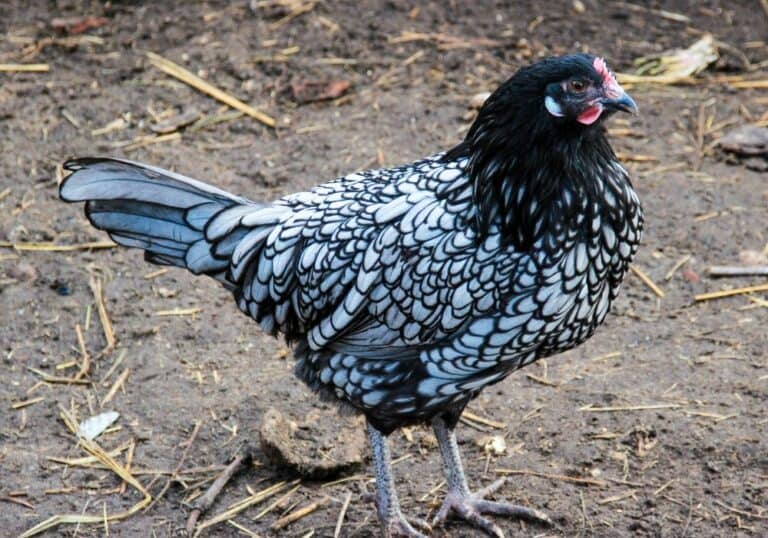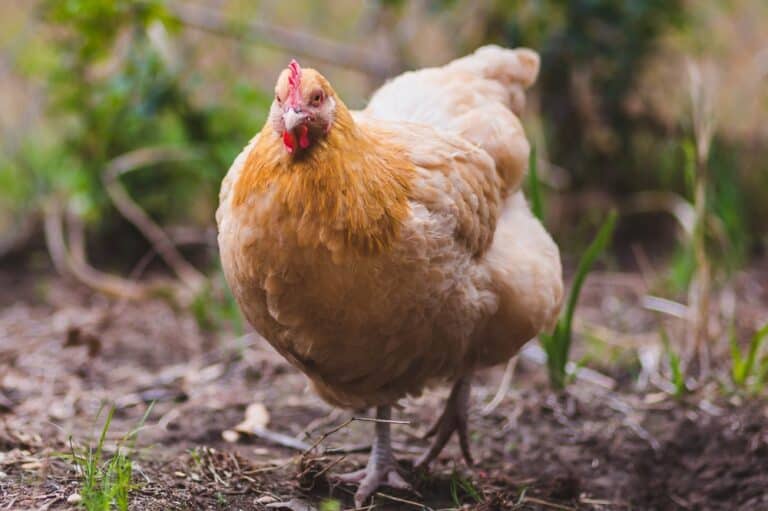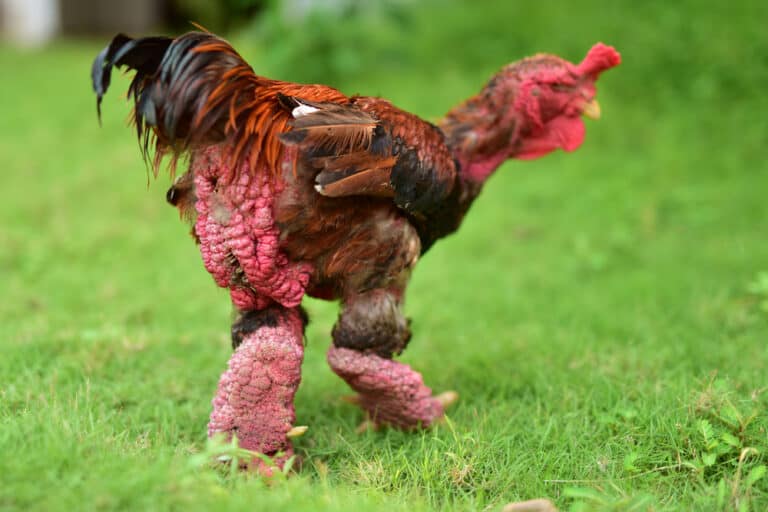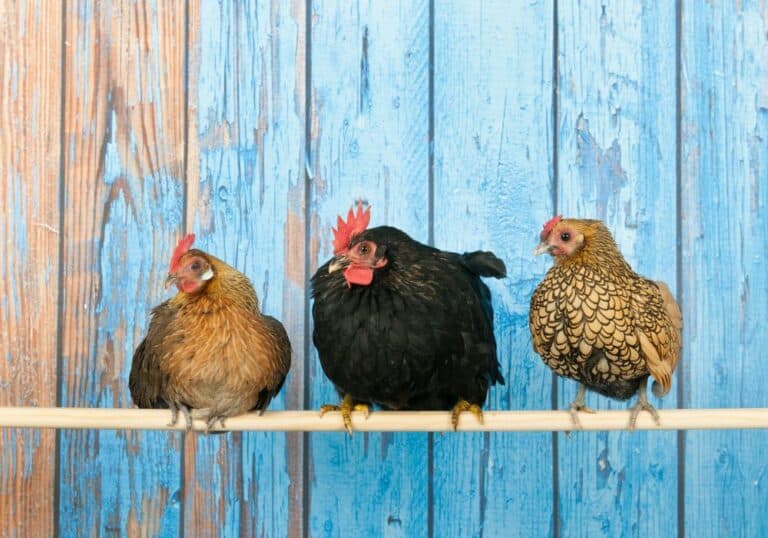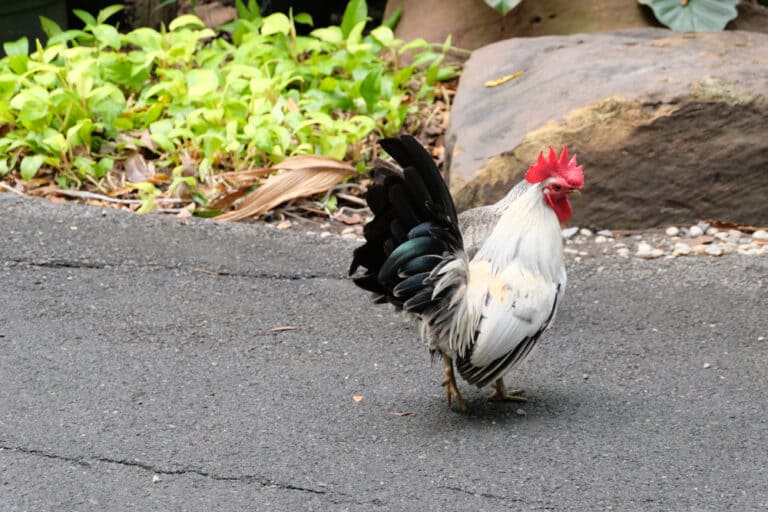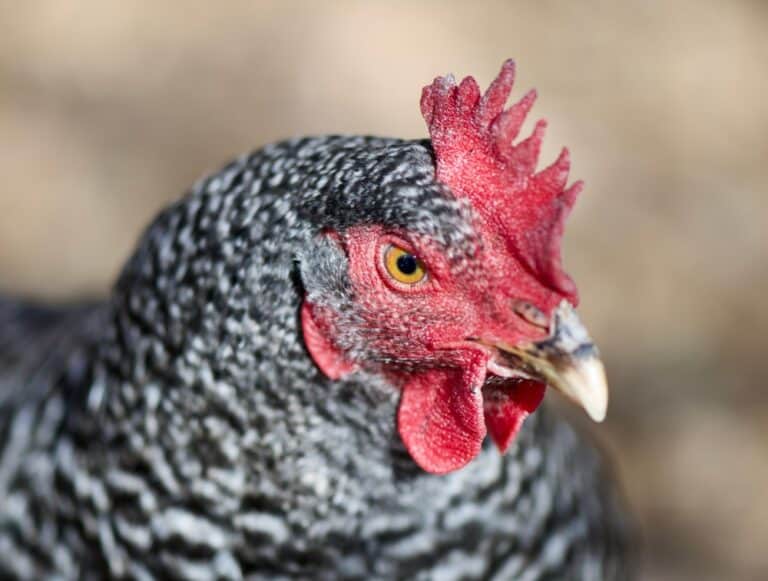As a kid, most of us loved the possibility of stumbling across a colored egg— alas, each time you go to the grocery store, you only find brown or white eggs.
But, even if you won’t stumble across colored eggs on your monthly trip to the grocery store, you can always have one if you choose the right breed. That’s because some chicken breeds lay eggs in different pigments— blue, green, pink, and even olive!
The interesting part is, these colored eggs are a result of genetics and not any other unreliable factor such as diet. Ultimately, this means that it is possible to accurately predict the color of the eggs if the breed is known.
And if you happen to be a farmer, let’s just say this means you get to choose what color you pick!
Pure breeds will lay eggs of only one color. But hybrids, on the other hand, can give you a variety of colors each time they lay— that makes egg collecting exciting for someone who loves surprises. Besides, colored eggs are more expensive than regular ones, which automatically translates to more profit!
If you want to determine what color of eggs you collect each morning and become a reliable seller of colored eggs, you must choose the right breed.
So, to help you get started, we have compiled this list of 9 chickens that lay colored eggs— hybrids and purebreds, both included.
Let’s begin!
9 Chickens Breeds That Lay Colored Eggs
1. Araucana Chicken
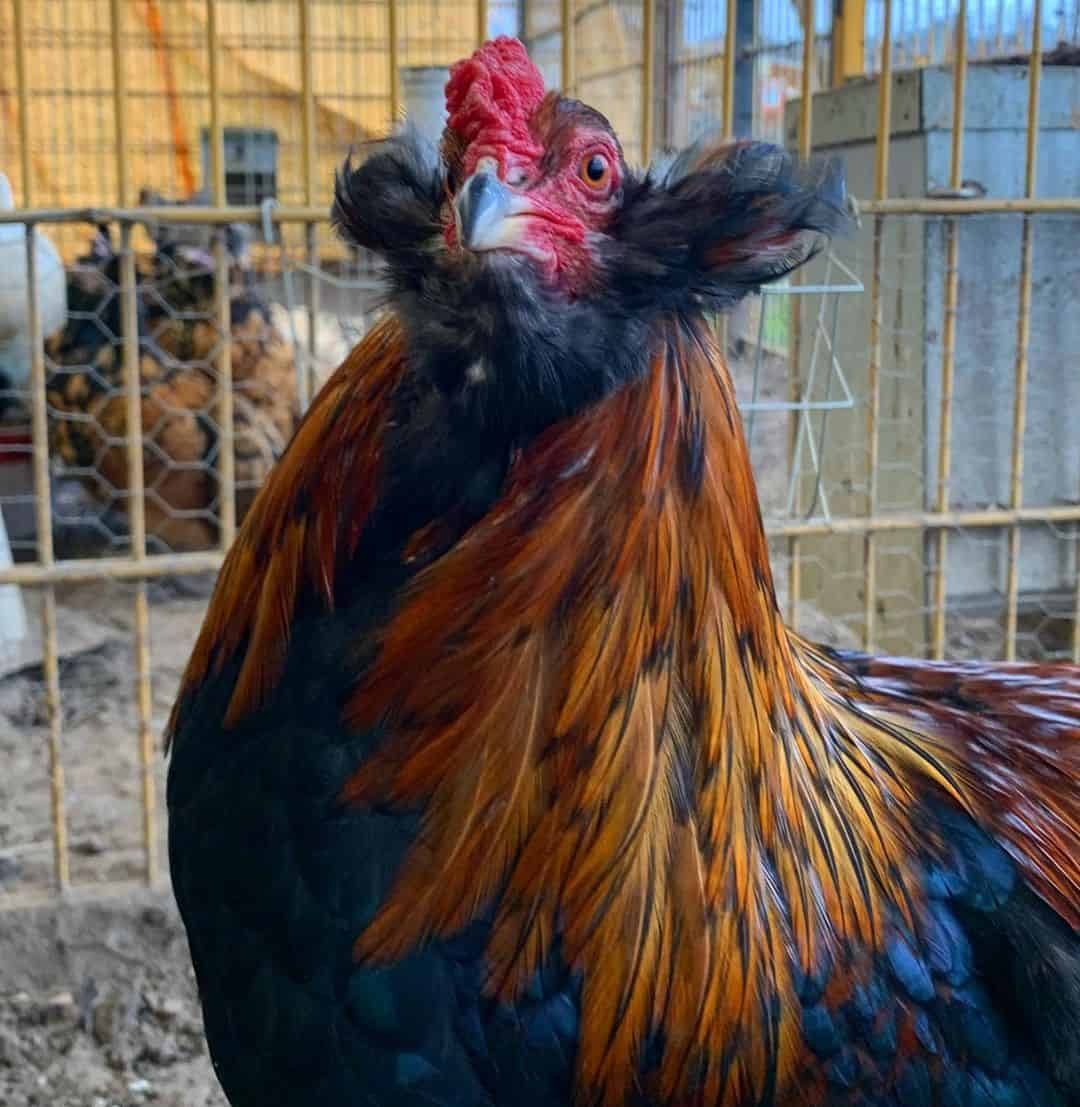
The Aaraucana is a domestic breed of chicken originating from Chile. It lays blue-shelled eggs and can be rumpless. It may also have unusual tufts of feathers on its ears and a pea comb as well.
Both these features are a result of lethal alleles in the Araucana breed. In the United States, this breed is also referred to as the South American Rumpless.
The breed standards for Araucana vary from country to country. For example, the Australian Poultry Standards only recognize tailed Araucanas, whereas the British standard accepts both tailed and rumpless Araucanas.
However, they may still be treated as different breeds. Also, the British Araucanas often have beards and muffs that conceal the earlobes.
Araucanas can be full-sized as well as bantam. Large males can weigh between 2.7 to 3.2kg, while bantam males can weigh anywhere between 740 to 850g. Large females of this breed weigh between 2.2 to 2.7 kg, while bantam females weigh between 680 to 790 g.
Araucanas have a mild temperament and are ideal for small farms. They lay about 200 to 250 blue or green eggs per year.
2. Ameraucana Chicken
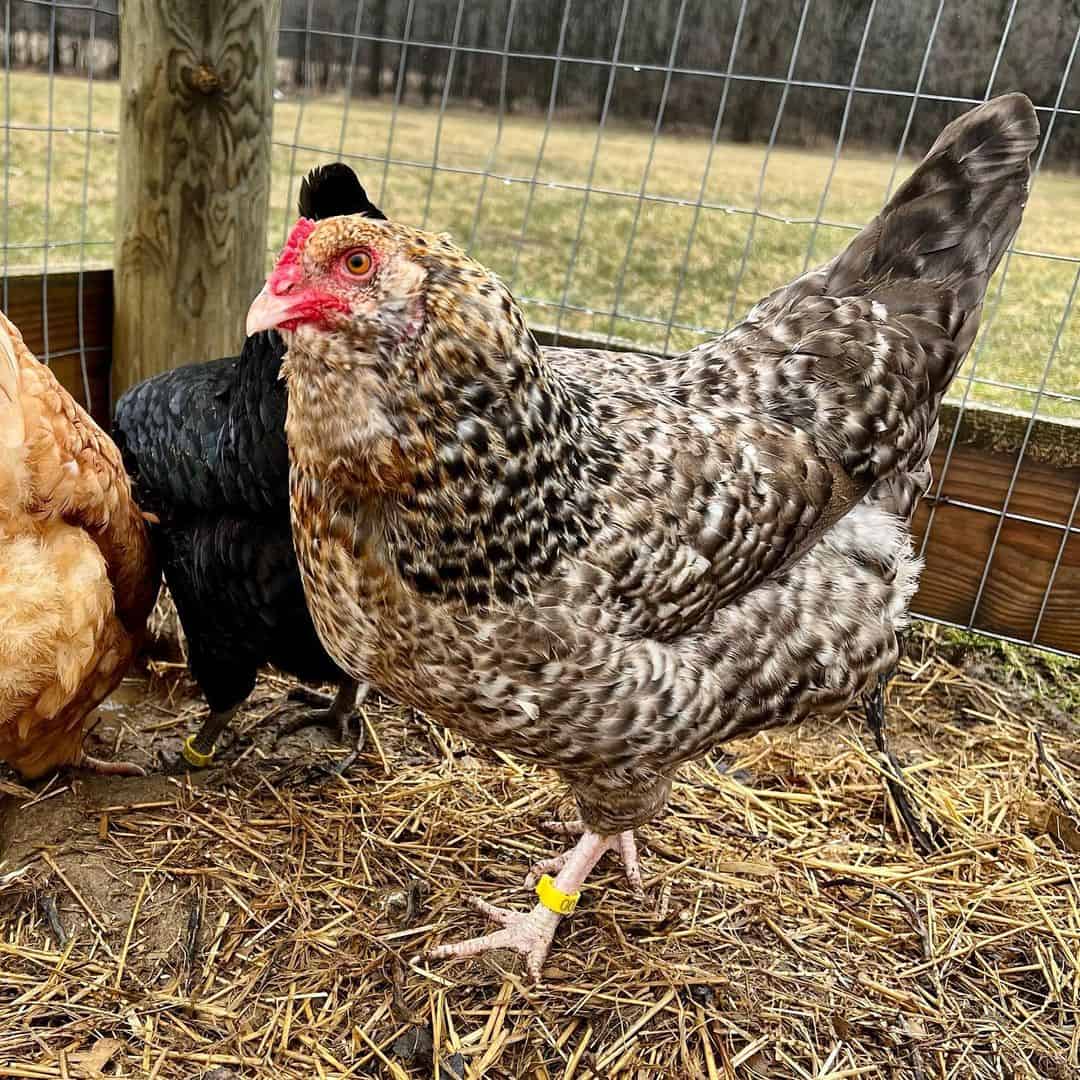
Developed in the United States in the 1970s, the Ameraucana is an American breed of domestic chicken. It is a hybrid breed resulting from a cross between the Aracauna breed and various other breeds, which is also where its name comes from.
With this breed, experts intended to eliminate the lethal genes of the Araucana breed while ensuring better health, retaining the blue-egg gene, and simultaneously producing unique feather patterns.
When it comes to popularity, this breed is more common than the Araucana breed. It also has a tuft of tail feathers that stand out, a pea comb, and a beard. Similar to its parent breed, they lay about 200 eggs annually and may sometimes lay green ones too.
In 1984, the Standard of Perfection of the American Poultry Association added it to their list, recognizing it as a separate breed in the United States.
However, in other countries like Australia and the United Kingdom, the Ameraucana breed is considered to be the same as the Araucana breed.
3. Asil chicken
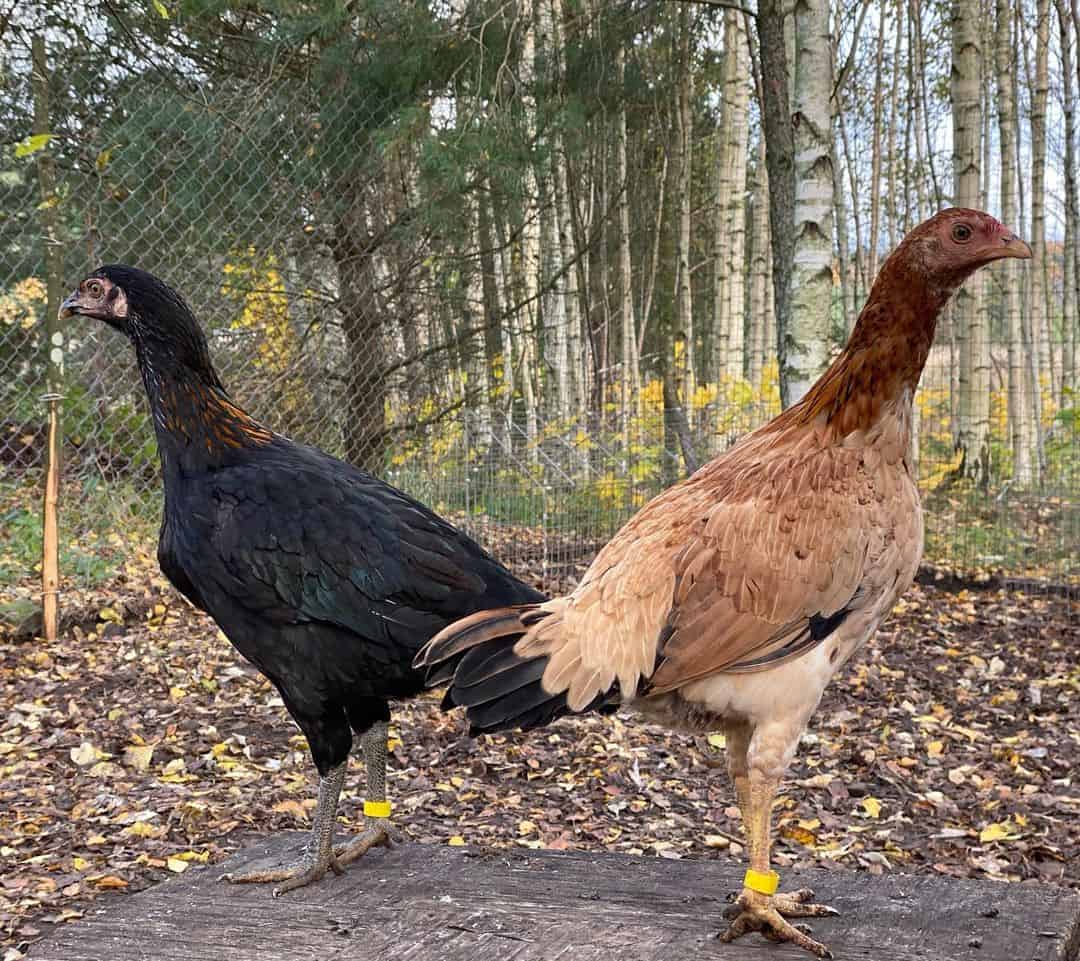
The Asil Chicken is a game breed that originated in the subcontinent (India and Pakistan). Note that it was originally developed for cockfighting and is an aggressive breed.
So, it isn’t easy to raise. But on the other hand, it has a beautiful appearance which is why it gained popularity in the United States after it arrived there in the mid-1800s.
Asil chickens have many varieties, including Amroha, Bhaingam, Madras, Mianwali, Reza, Lasani, Sindhi, Kulang, and Kilimooku types. They can be full-sized, small (Reza), or Bantam.
Large-sized males can weigh between 3kg to 6kg, Reza males weigh between 1.80 to 2.70 kg, and Bantam males weigh up to 1100g.
Large-sized Female Asil chickens weigh up to 2.6kg, while the weight of Reza females ranges between 1.35 to 2.25 kg. Bantam females weigh up to 900g.
The Asil chicken breed usually lay cream-colored eggs. But, they may also lay pink eggs. The annual quantity is between 40 to 70, with each egg weighing up to 40g.
4. Olive Eggers
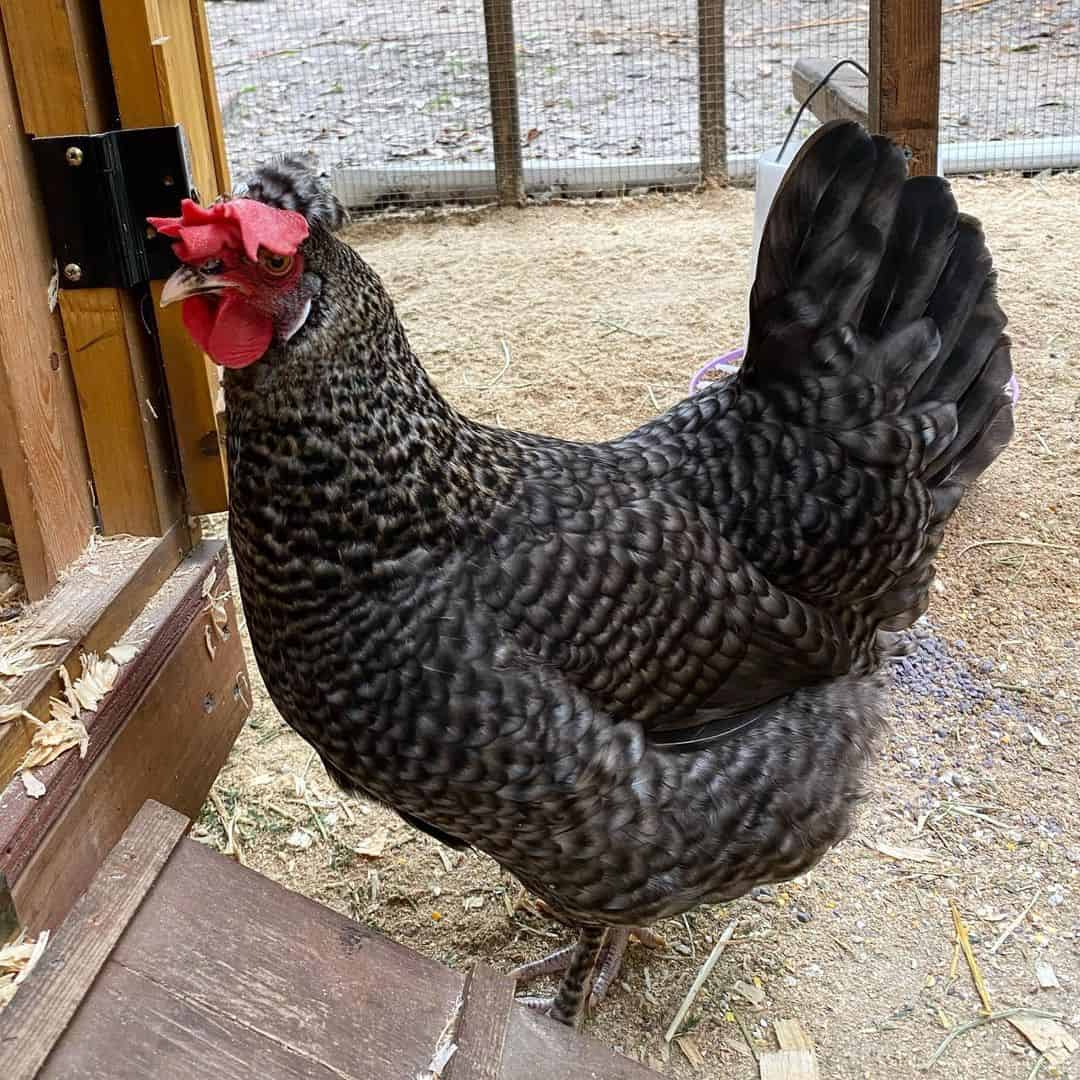
Next on the list, Olive Eggers is best known for their olive and pastel green colored eggs. It is a friendly and docile hybrid breed resulting from a cross between a male of a brown-laying breed and a blue-laying female.
Usually, it’s a cross between Ameraucanas and Marans, and they are bred specifically for the purpose of laying olive-colored eggs.
They can lay about 140 to 200 eggs annually and adapt well to seasonal changes— cold winters and hot summers included. Olive Eggers are also known to have a good temperament, but it also depends on the parent breeds.
Typically, chickens of this breed are beginner-friendly and can live up to 8 years. Female Olive Eggers weigh about 6.5lb, while males weigh about 7.5lb.
5. Isbar Chickens
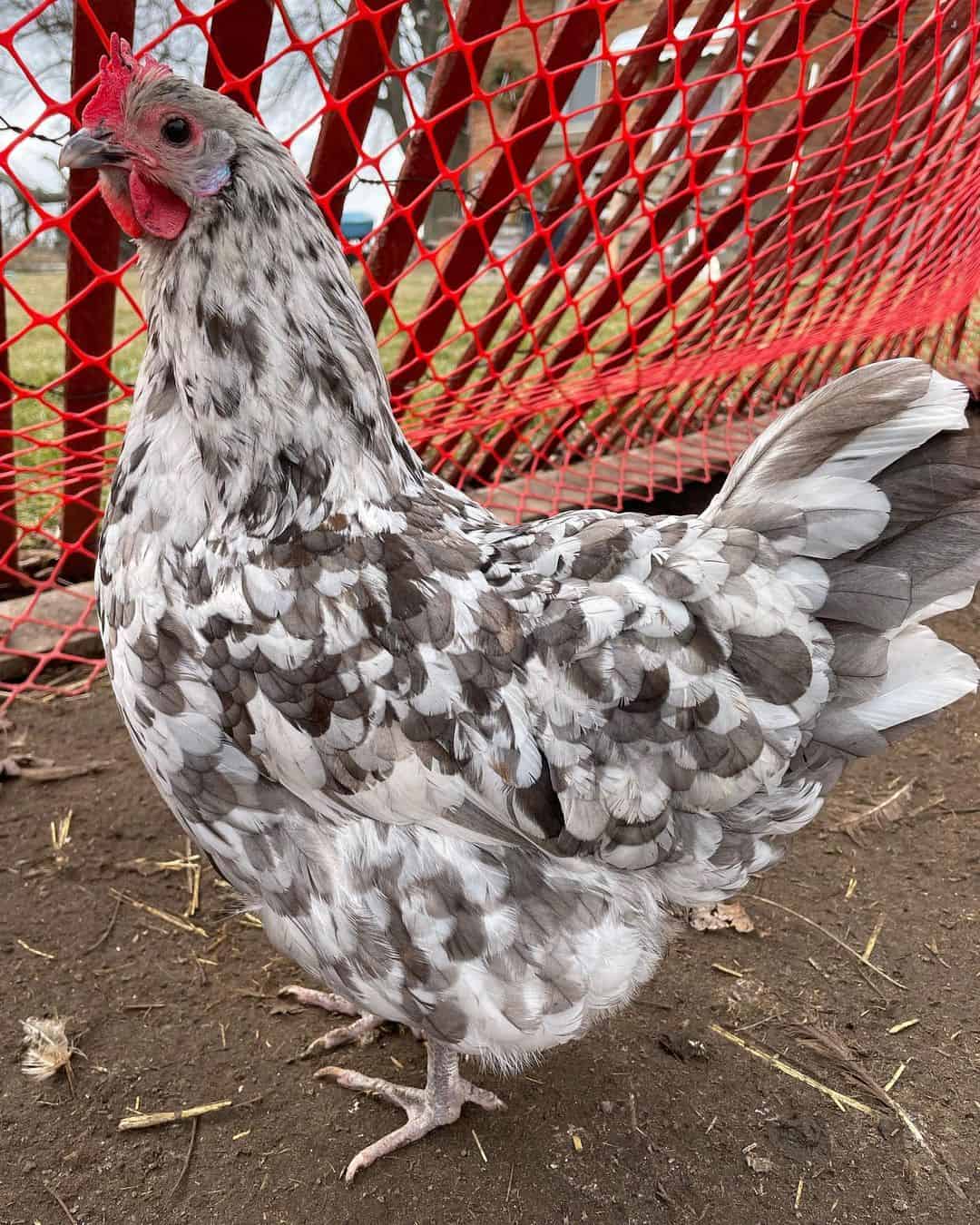
Isbar Chicken (pronounced: ice-bar) is a purebred chicken that originated in Sweden in the 1980s after a Swedish pastor, Martin Silverudd, crossed a Rhode Island Red with a New Hampshire. It is also the only purebred that lays naturally green-tinted chicken eggs.
Although this breed is officially registered as Silverudd’s Blue, it is still referred to as Isbar by poultry enthusiasts. Also, since it’s a fairly new breed, it’s rare, but it is gaining popularity among backyard farmers due to its friendly and docile nature. Thus, it is also slowly growing in numbers.
Isbar chickens are small but can lay about 250 large-sized eggs annually. The hens can weigh up to 3.3 pounds, whereas roosters can weigh up to 5.5 pounds. They have a sweet personality and a beautiful appearance. Also, these single-combed birds come in three colors: black, blue, and splash.
6. Favaucana Chicken
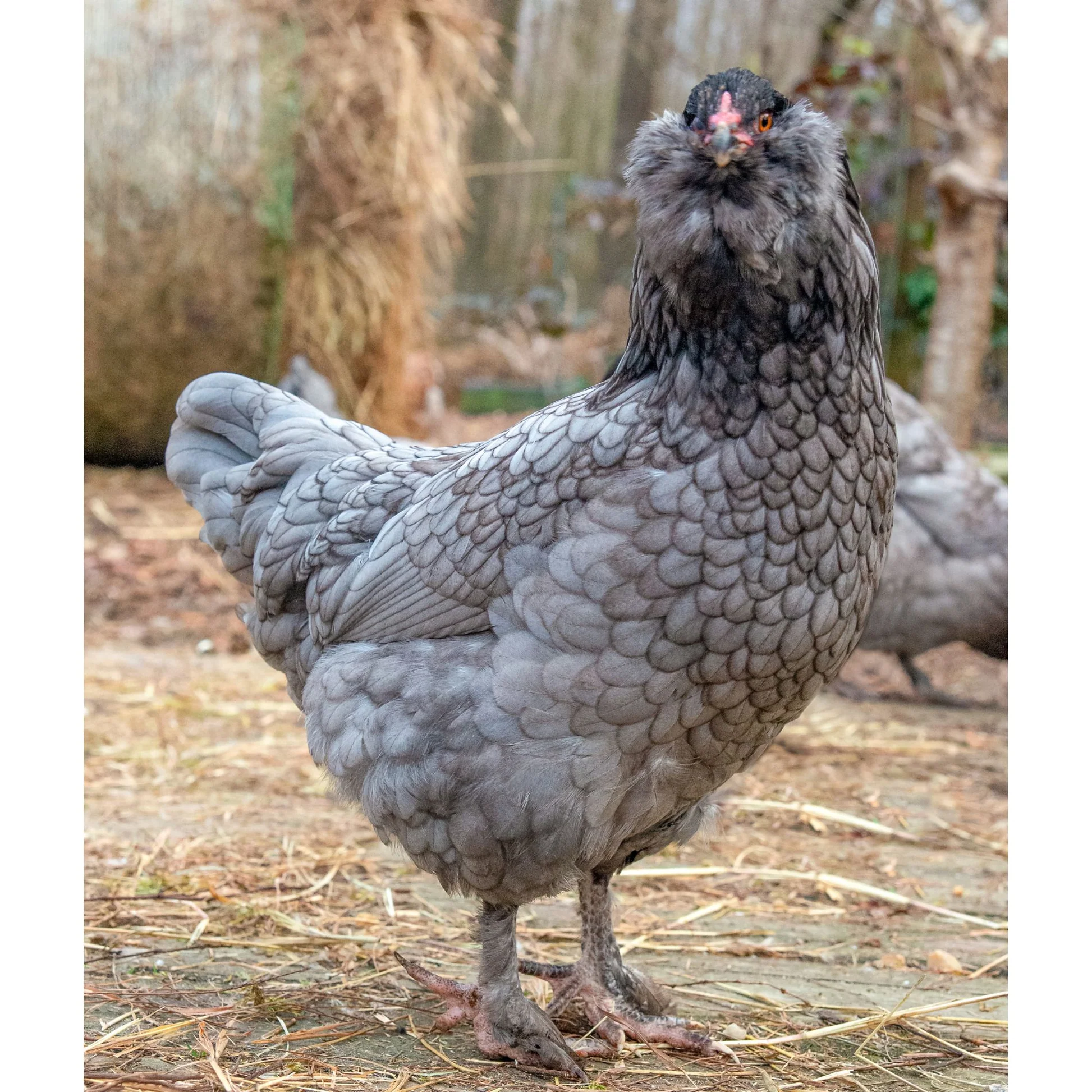
Created by My Pet Chicken in 2013 in the United States, Favaucana Chickens are designer hybrids developed by crossing the Faverolle and Ameraucana breeds. Favaucana chickens may have little muffs and beards. They may also have a pea comb or a straight comb.
They are large in size and can have feathered or non-feathered shanks and feet. It is also sweet, shy, reserved, and docile in nature, therefore ideal for family flocks.
They lay eggs of different colors, ranging from sage green to seafoam green, olive, blue, and tan. Favaucanas are also excellent foragers, which makes them a great choice for backyard farmers.
When it comes to hardiness, these birds can do well in cold and hot temperatures. Weighing about 5 to 8 lbs, they also do well in confined and free ranges.
7. Easter Eggers

Easter Eggers are popular backyard chickens and also one of the most well-known breeds when it comes to birds that lay colorful eggs. With the capability of laying more than 250 eggs per year, these chickens mostly lay blue eggs. However, there can be eggs of other colors like brown, pink, or pale yellow.
The Easter Egger is a hybrid breed resulting from a cross between a chicken with the oocyan gene (blue egg gene) and a chicken that lays brown eggs. It is also important to note that the American Poultry Association does not recognize this breed.
Since it is a hybrid bird, it can be of any color. Their legs are typically grey, yellow, or greenish. Also, Easter Eggers are often muffed or bearded, and usually have a pea comb. The wattles are either small or absent completely.
8. Barnevelder Chicken
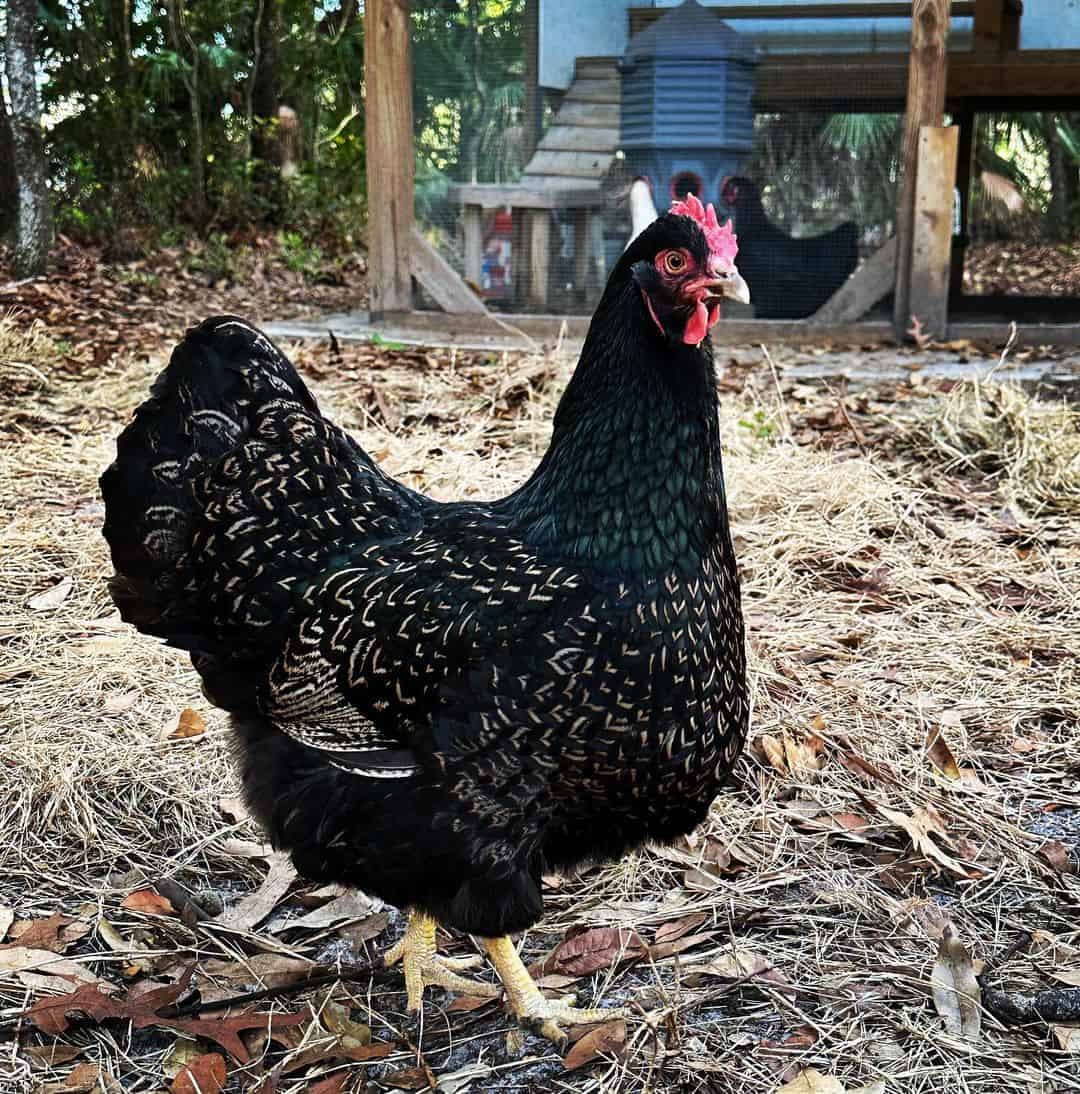
A domestic chicken breed with Dutch origins, the Barnevelder Chicken is named after the Barneveld area of the Netherlands.
It was developed over 200 years ago after native Dutch breeds were crossed with Cochins and Brahmas and is a popular breed because of its ability to lay chocolate brown eggs. Chickens of this breed also lay during winter.
When it comes to appearance, Barnevelder Chickens are beautiful birds. They have black and white laced feathering, and some varieties even have silver laced feathering. So far, the Barnevelderclub in the Netherlands recognizes four color varieties.
These include double-laced, double-laced blue, black-and-white, and silver double-laced. While the former three varieties are recognized for both large fowls and bantams, the silver double-laced variety is recognized in the bantam only.
The Entente Européenne recognizes the blue and partridge colors in large fowls too. However, it lists the silver-black double-laced variety as unrecognized. It also recognizes creole and partridge varieties in bantams. So, there are about eight color varieties of the breed.
Barnevelder chickens can lay about 175 to 200 eggs every year, with each egg weighing approximately 60-65 g. Standard males of this breed can weigh up to 3.5 kg, while bantam males can weigh anywhere between 1000 to 1200 g. For females, the standard weight goes up to 2.75 kg. For bantam females, the weight ranges between 900 to 1000 g.
9. Barred Rock Chickens
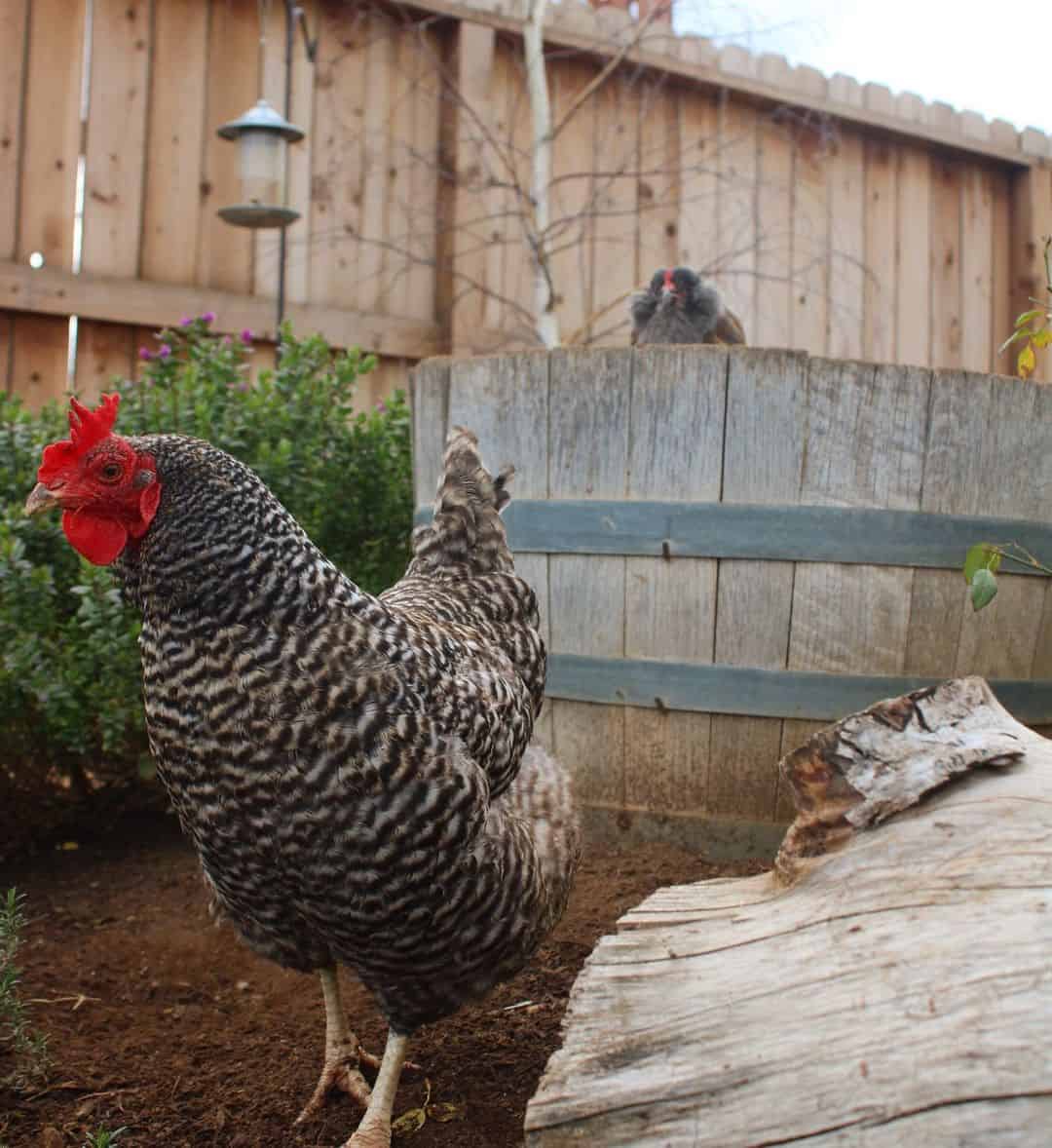
Barred rock chickens, or Barred Plymouth Rock chickens, are one of the oldest backyard chicken breeds. These chickens first appeared back in the mid-1800s.
The stories around this breed suggest that these birds completely vanished from the landscape after their first sighting in the mid-1800s. And then, they reappeared in 1869 when Mr. Upham of Massachusetts crossbred barred rock roosters with Java hens.
This cross-breeding resulted in the current version of the Barred Plymouth Rock chickens that possess a medium-sized, hearty-shaped body and distinctive black-and-white fur. The fur is often thick and striped.
The average female of this breed weighs around 2.9 kg, while the bantam female weighs 1.1 kg. As for the roosters, they weigh around 3.4 kg on average, while the bantam males weigh 1.4 kg.
Owing to their appearance, these birds are often confused with Dominiques. So, know that the barred rocks possess a single comb, while the Dominques possess a rose comb.
Currently, barred rock chickens are most popular in the poultry world as backyard chickens since they are easy to maintain, resistant to cold, and possess a strong health profile.
They are also excellent brown egg layers and sitters, producing about 300 eggs annually. You can expect about 4 eggs from a healthy barred rock hen in a week.
Speaking of egg color – it is slightly different from the picture that pops into your head when you read ‘brown egg’. The eggs of the barred chicken feature a deeper shade of brown and sometimes even deep brown. It will surely be a distinctive color on your egg rack.
Summary
It doesn’t matter whether you’ve got a backyard flock or a hatchery. All breeders can produce baskets of different colored eggs by selecting the right chicken breed.
The Araucana, Ameraucana, and Favaucana breeds are popular blue egg layers. Bear in mind that all three of these can also produce green eggshell color.
If you’re looking for cream-colored eggs, go for Asil chickens. However, considering the low annual production, you won’t be able to fill your egg basket.
For olive green and pastel green eggs, go for Olive Eggers. Isbar chickens also lay green eggs. But, if you are looking for various colors, including blue, brown, pink, or pale yellow, Easter Eggers will work best.
For dark brown eggs, Barnevelder or Barred Rock Chickens will be ideal for you. Take note that colored eggs are not only pretty and aesthetically pleasing but are also more expensive than regular eggs.
So, if you’re planning to sell them, make sure you also consider the number of eggs each breed lays per year.

